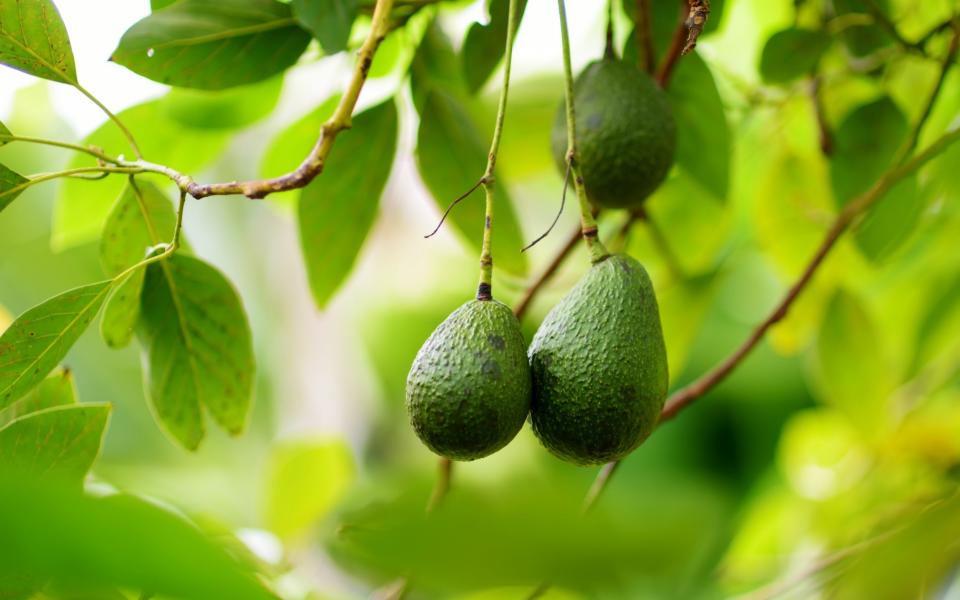If dogs can detect sick plants, could plants detect sick humans?

The sensitivity of the dog nose is legendary, 10,000-100,000 times more sensitive than the human nose, and capable of detecting odour concentrations at one to two parts per trillion. So the use of dogs to detect illegal drugs, for example, is now routine, and detection of human cancers and Covid-19 seems a realistic prospect.
Naturally enough, the thoughts of botanists have turned to using dogs to detect disease in plants. One example is laurel wilt, a fungal disease of avocado, which has recently become a problem in Florida’s avocado orchards since the introduction from Asia of the redbay ambrosia beetle. The beetles inoculate avocado trees with the fungus as they bore into the wood, which is great for the beetles, which use fungal “gardens”within excavated galleries as a food source, but not so good for the trees, whose attempts to defend themselves lead to blocked xylem and ultimately death.
Infection leads to wilting, quickly followed by leaf desiccation and browning, and a tree can be killed only four to eight weeks after infection. The cost to the avocado industry is enormous. The disease can be controlled by injection of a fungicide, but once symptoms are visible it’s too late, and preventive inoculation of entire orchards is too expensive.
Enter Candy and OneBetta (Dutch shepherds) and Cobra (a Belgian Malinois), all from the Police Dog Training Center in Florida. These three like nothing better than finding things, and after suitable training they turn out to be terrific at finding infected avocado trees, before symptoms are visible. In one trial, after injection with fungicide, almost all the 150 trees they identified were still healthy more than a year later. A few untreated trees were left just to see what happened – all rapidly succumbed to laurel wilt.
So dogs can smell sick plants, but what can the plants smell? Well, quite a lot. In fact, we’ve known for years that plants are extremely sensitive to tiny amounts of a whole range of volatile chemicals in the air. That’s how plants talk to each other, passing on messages about the presence of herbivores, for example, so if we want to exploit that ability, all we need do is engineer plants to detect things we’re interested in.
One of the easiest candidates is the distinctive volatiles produced by several unpleasant moulds; an engineered houseplant could provide advance warning that your house has a damp problem.
Beyond that, the possibilities are endless; both tobacco and Arabidopsis, the standard plant geneticists’ workhorse, have already been engineered to detect plant pathogenic bacteria. Who knows what plants might be engineered to detect? Covid-19, anyone?
Once the plants have done the detecting, all they have to do is tell us about it. But that’s easy – scientists have long known how to make plants fluoresce by inserting genes from various sources. The researchers who did the tobacco work used an orange fluorescent gene from a coral, but a fluorescent green jellyfish gene is also popular.
Link the fluorescence to the detection gene and you have a complete biosensor – a plant that fluoresces when it detects a problem. The fluorescence may be visible in ordinary light, or you may have to shine a UV pen on the plant to see it, but either way plants with white flowers or variegated leaves are the likeliest candidates, so the fluorescence doesn’t have to compete with a coloured background.
None of this is going to be available soon, mainly because we need to develop tools to engineer most houseplants… and, of course, genetic modification is still effectively illegal in Europe.
Ken Thompson’s most recent book is Notes From a Sceptical Gardener, the second collection of his Telegraph columns. Visit books.telegraph.co.uk

